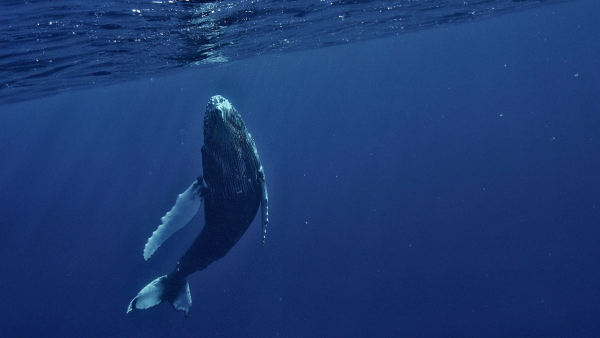
I first heard the word “Umwelt” reading Ed Yong’s excellent book, “An Immense World.” It’s the worldview of a particular animal or organism as they sense it. Humans have a different Umwelt from bees, or gorillas, or dolphins. It’s a beautiful idea that so many species can perceive the world in different ways, through sense, intuition, and experience. But it’s also a reason we have trouble communicating – we have our own languages, sure, but even how we feel or perceive things is different. Baltic German biologist Jakob von Uexküll popularized the use of Umwelt in the early 1900s to describe these private worlds (the plural is the interesting “Umwelten.”)
Still, we humans have long been on a mission to understand animals better, from a horse we might meet on a farm to our own pet dogs and cats. I’m often asking myself what in the world my beagle is thinking. Some of the biggest breakthroughs in moving past our own Umwelt in communication is coming with the help of artificial intelligence. In this weekend’s episode of TTBOOK, "Listening to Whales," I talked with marine biologist Shane Gero, who has spent decades trying to understand what whales are saying, and who has found new success using AI to translate their underwater conversations. His work is a little – seemingly miraculous - window into the Umwelt of whales. And if we start to understand each other better, that’s a great step toward deeper communication.
– Shannon
